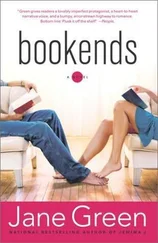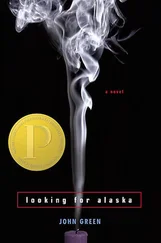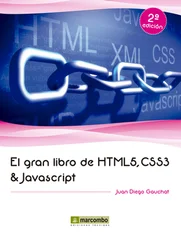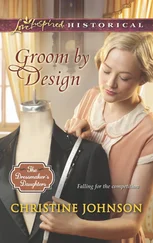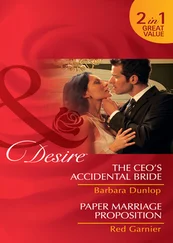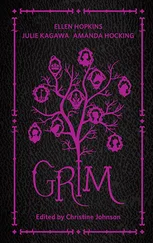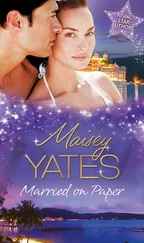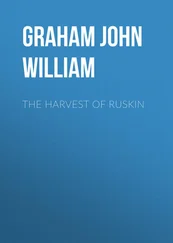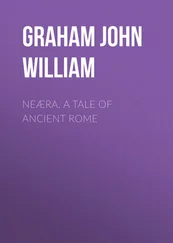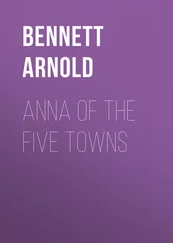“I’ll miss you,” she whispers, and I don’t know if she’s talking to me or to the notebook. Nor do I know to whom I’m talking when I say, “As will I.”
“Godspeed, Robert Joyner,” I say, and drop a handful of dirt onto the notebook.
“Godspeed, young and heroic Quentin Jacobsen,” she says, tossing in dirt of her own.
Another handful as I say, “Godspeed, fearless Orlandoan Margo Roth Spiegelman.”
And another as she says, “Godspeed, magical puppy Myrna Mountweazel.” We shove the dirt over the book, tamping down the disturbed soil. The grass will grow back soon enough. It will be for us the beautiful uncut hair of graves.
We hold hands rough with dirt as we walk back to the Agloe General Store. I help Margo carry her belongings — an armful of clothes, her toiletries, and the desk chair — to her car. The preciousness of the moment, which should make it easier to talk, makes it harder.
We’re standing outside in the parking lot of a single-story motel when the good-byes become unavoidable. “I’m gonna get a cell, and I’ll call you,” she says. “And email. And post mysterious statements on Omnictionary’s Paper Towns talk page.”
I smile. “I’ll email you when we get home,” I say, “and I expect a response.”
“You have my word. And I’ll see you. We’re not done seeing each other.”
“At the end of the summer, maybe, I can meet you somewhere before school,” I say.
“Yeah,” she says. “Yeah, that’s a good idea.” I smile and nod. She turns away, and I am wondering if she means any of it when I see her shoulders collapse. She is crying.
“I’ll see you then. And I’ll write in the meantime,” I say.
“Yes,” she says without turning around, her voice thick. “I’ll write you, too.”
It is saying these things that keeps us from falling apart. And maybe by imagining these futures we can make them real, and maybe not, but either way we must imagine them. The light rushes out and floods in.
I stand in this parking lot, realizing that I’ve never been this far from home, and here is this girl I love and cannot follow. I hope this is the hero’s errand, because not following her is the hardest thing I’ve ever done.
I keep thinking she will get into the car, but she doesn’t, and she finally turns around to me and I see her soaked eyes. The physical space between us evaporates. We play the broken strings of our instruments one last time.
I feel her hands on my back. And it is dark as I kiss her, but I have my eyes open and so does Margo. She is close enough to me that I can see her, because even now there is the outward sign of the invisible light, even at night in this parking lot on the outskirts of Agloe. After we kiss, our foreheads touch as we stare at each other. Yes, I can see her almost perfectly in this cracked darkness.
I learned about paper towns by coming across one during a road trip my junior year of college. My traveling companion and I kept driving up and down the same desolate stretch of highway in South Dakota, searching for this town the map promised existed — as I recall, the town was called Holen. Finally, we pulled into a driveway and knocked on a door. The friendly woman who answered had been asked the question before. She explained that the town we were seeking existed only on the map.
The story of Agloe, New York — as outlined in this book — is mostly true. Agloe began as a paper town created to protect against copyright infringement. But then people with those old Esso maps kept looking for it, and so someone built a store, making Agloe real. The business of cartography has changed a lot since Otto G. Lindberg and Ernest Alpers invented Agloe. But many mapmakers still include paper towns as copyright traps, as my bewildering experience in South Dakota attests.
The store that was Agloe no longer stands. But I believe that if we were to put it back on our maps, someone would eventually rebuild it.
I would like to thank:
— My parents, Sydney and Mike Green. I never thought I would say this, but: thank you for raising me in Florida.
— My brother and favorite collaborator, Hank Green.
— My mentor, Ilene Cooper.
— Everyone at Dutton, but particularly my incomparable editor, Julie Strauss-Gabel, Lisa Yoskowitz, Sarah Shumway, Stephanie Owens Lurie, Christian Fünfhausen, Rosanne Lauer, Irene Vandervoort, and Steve Meltzer.
— My delightfully tenacious agent, Jodi Reamer.
— The Nerdfighters, who have taught me so much about the meaning of awesome.
— My writing partners Emily Jenkins, Scott Westerfeld, Justine Larbalestier, and Maureen Johnson.
— Two particularly helpful books I read about disappearance while researching Paper Towns : William Dear’s The Dungeon Master and Jon Krakauer’s Into the Wild . I am also grateful to Cecil Adams, the big brain behind “The Straight Dope,” whose short article on copyright traps is — so far as I know — the definitive resource on the subject.
— My grandparents: Henry and Billie Grace Goodrich, and William and Jo Green.
— Emily Johnson, whose readings of this book were invaluable; Joellen Hosler, the best therapist a writer could ask for; cousins-in-law Blake and Phyllis Johnson; Brian Lipson and Lis Rowinski at Endeavor; Katie Else; Emily Blejwas, who joined me on that trip to the paper town; Levin O’Connor, who taught me most of what I know about funny; Tobin Anderson and Sean, who took me urban exploring in Detroit; school librarian Susan Hunt and all those who risk their jobs to stand against censorship; Shannon James; Markus Zusak; John Mauldin and my wonderful parents-in-law, Connie and Marshall Urist.
— Sarah Urist Green, my first reader and first editor and best friend and favorite teammate.
• When Margo and Quentin are nine, they make a horrible discovery and respond in very different ways. Quentin says, “As I took those two steps back, Margo took two equally small and quiet steps forward” (p. 5). Do these descriptions still apply to the characters when they reach high school? When the story ends? What changes?
• Describe Q’s best friends. Where do they fit into the caste system of Winter Park High? If you had to choose one of these characters as your best friend who would you pick? Why?
• How does Quentin struggle at times with his friendship with Ben? How does Q learn to accept Ben for who he is? How does this relate to Q’s changing understanding of Margo?
• Why do you think Margo picks Q as her accomplice on her campaign of revenge?
• Do you think the characters Margo targets for revenge get what they deserve? Does Lacey deserve to be included?
• When Margo disappears after her outing with Q, it’s not the first time she’s seemingly vanished for a long period. Describe Margo’s other adventures and note any common threads between the trips. What makes her disappearance after her night with Q different from the others?
• When Margo disappears, she’s always been known to leave “a bit of a bread crumb trail.” What clues does Margo leave for Quentin? How are these different from clues left previously?
• Do you think Margo wants to be found? Do you think Margo wants to be found by Q?
• Why does Quentin begin to believe that Margo may have committed suicide? What clues make this seem like a viable solution to the mystery of her whereabouts?
• Describe Q’s tour of the various abandoned subdivisions he visits on his quest to find Margo. How are they different? How might these differences parallel the evolution of Q’s search?
• Discuss what Q finds in the abandoned minimall and how the book contributes both to the plot of the story and to what he ultimately learns about Margo and about himself.
Читать дальше

